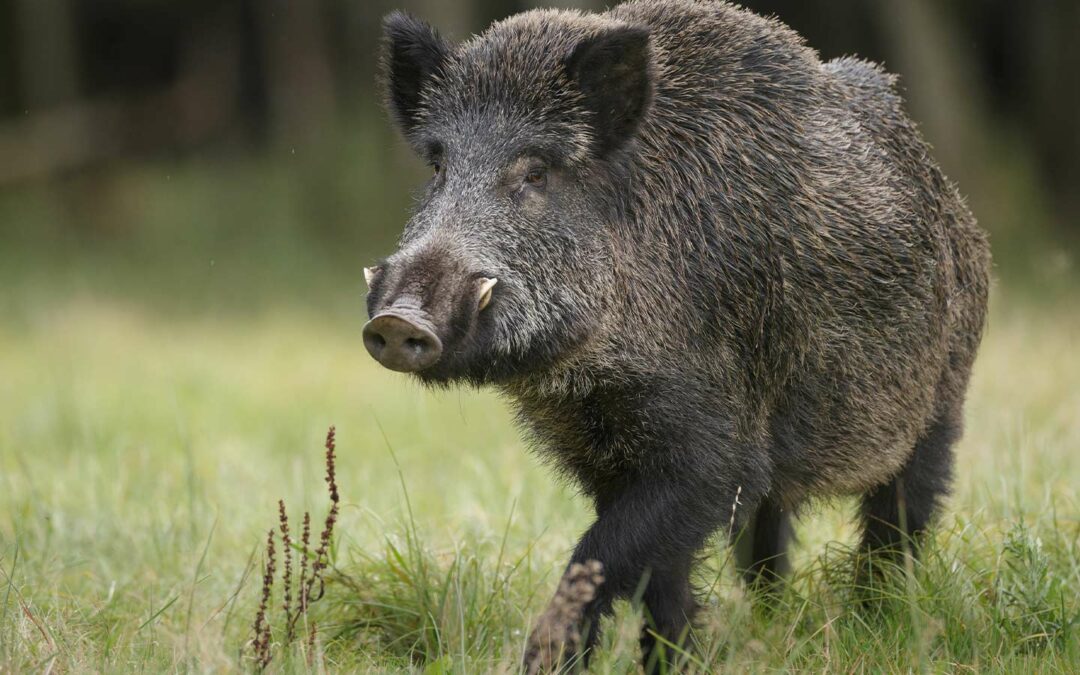Thank you for your interest in learning more about the feral hog situation in Flagler County and the efforts being made to manage their impact on our community and ecosystems. Let’s dive into some key insights about feral hogs, their history in Florida, their impact on the environment, and the county’s initiatives to address the issue.
Feral hogs, though not native to Florida, have a long history in the state dating back to the 1500s when they were introduced by Spanish explorers. Over time, they have continually been introduced to various areas, both intentionally and unintentionally, contributing to their widespread presence in the state.
These hogs were initially brought to Florida as a food source by early explorers, but some were released into the wild, leading to established populations. While the exact motivations behind their introduction may vary, the anecdotal story suggests they were released in areas where they could thrive and potentially serve as future food sources.
The prolific nature of feral hogs poses significant challenges to Florida’s ecosystems. Lacking natural predators, their populations can rapidly increase, disrupting native habitats and outcompeting native species for resources. Their rooting behavior, aimed at foraging for food, also leads to soil disturbance and facilitates the spread of invasive plant species.
In Flagler County, agricultural areas often bear the brunt of feral hog activity, with farmers facing significant challenges in protecting their crops from these invasive animals. The county relies on a combination of methods to manage the hog population, including employing trained volunteers, implementing innovative trapping techniques, and leveraging technology to streamline reporting and response efforts.
One notable initiative is the use of soft-sided corral traps, designed to condition hogs to enter and exit the trap freely, ultimately leading to more efficient capture rates. Additionally, the county has launched the Feral Hog Dashboard, an online reporting tool that allows residents to report hog sightings and provide valuable data for targeted management efforts.
Residents are encouraged to take proactive measures to protect their properties from feral hogs, such as installing physical barriers like fences and employing deterrent methods like electric fencing. However, caution should be exercised when encountering feral hogs, as they can pose a risk, especially when protecting their young or cornered.
By fostering collaboration between residents, volunteers, and county agencies, Flagler County aims to mitigate the impact of feral hogs on both natural ecosystems and human communities. Through continued vigilance, innovative strategies, and community engagement, we can work together to manage this invasive species and preserve the biodiversity of our state.










